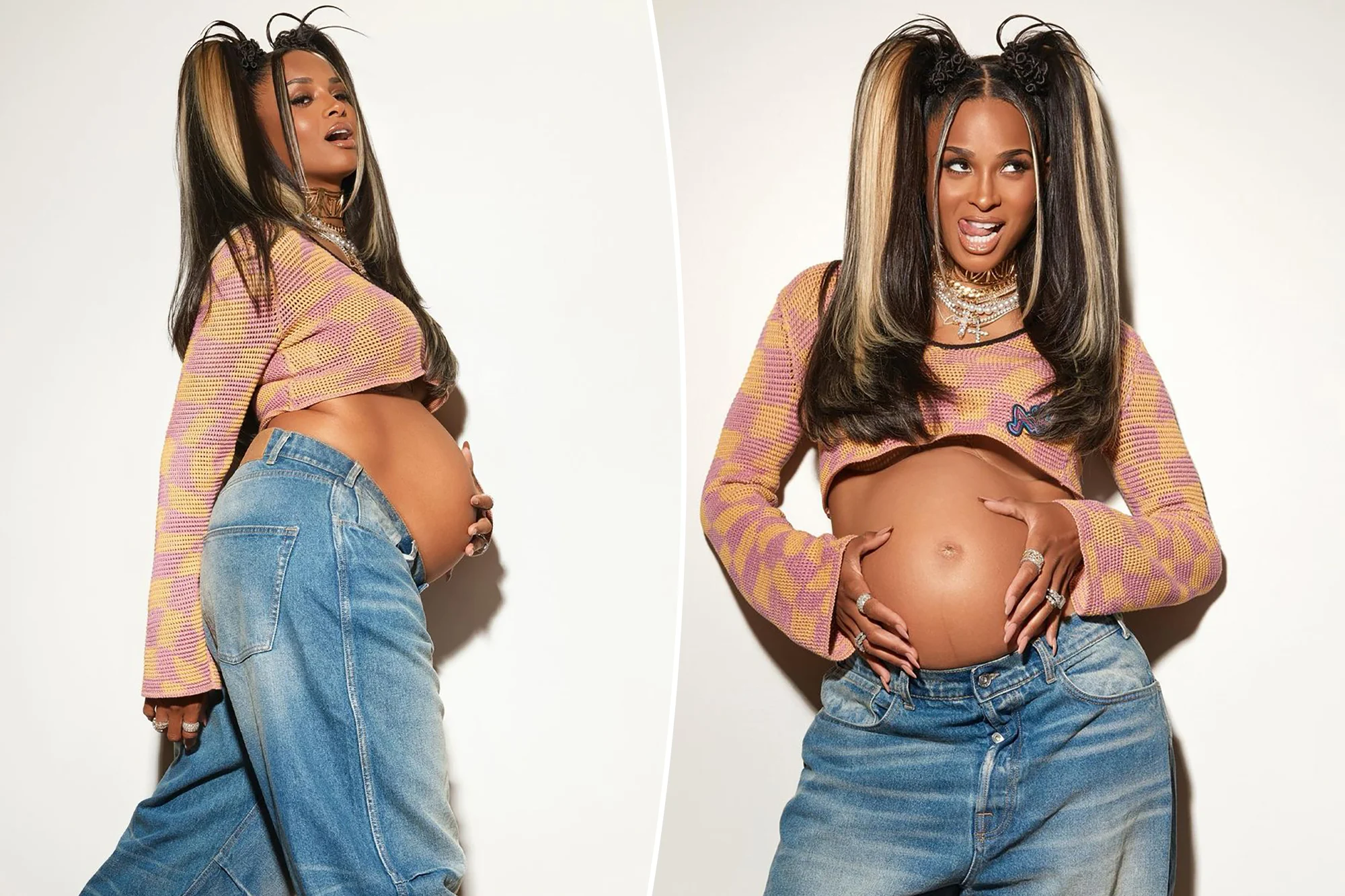C-sections often face a barrage of misconceptions, with some viewing them as an easy alternative to natural childbirth. As someone who has experienced this surgical procedure three times, I can assure you that this perspective is misguided. Let’s address some of the prevalent myths surrounding cesarean deliveries.
Myth 1: C-Sections Are Easier Than Natural Birth
Contrary to popular belief, c-sections involve significant surgical risks. Being on an operating table, undergoing anesthesia, and having a surgeon navigate your abdominal cavity to safely extract your baby is no leisurely stroll in the park. Childbirth, regardless of the method, is a challenging experience. For many women, the idea of a c-section is far from an “easy way out.”
Myth 2: Women Always Choose C-Sections
It’s a common misconception that c-sections are merely a choice for mothers. Conditions like preeclampsia, breech presentation, or umbilical cord complications often necessitate surgical delivery. Many women may not have the option to choose how they deliver, and even if they opt for a c-section for personal reasons, the priority should always be the health of the baby and mother.
Myth 3: Recovery After a C-Section is Easier
While c-section patients may avoid the complications associated with vaginal tearing, they face their own challenges, including abdominal scars and potential nerve pain. Recovery from any childbirth method can be taxing, and it’s crucial to recognize that both experiences come with their own set of difficulties.
Myth 4: Natural Pregnancy Equals Natural Birth
The idea that a woman who conceives naturally can also deliver naturally is flawed. Historically, many women faced severe complications during childbirth, leading to high mortality rates before the advent of cesarean procedures. C-sections have saved countless lives and should not be viewed as a failure.
Myth 5: C-Section Mothers Miss Out on Bonding
Many women who undergo c-sections can bond with their newborns shortly after delivery. While there may be circumstances that delay this bonding, the connection can still be fostered through skin-to-skin contact and other nurturing practices post-surgery.
Myth 6: C-Section Mothers Avoid Labor Pain
This myth is particularly misleading. Many women experience labor before undergoing a c-section, often enduring significant contractions. The notion that c-section deliveries spare mothers from labor pain is simply incorrect.
Myth 7: C-Sections Can Be Scheduled for Convenience
Scheduling a c-section is not akin to booking a simple appointment. Medical guidelines restrict elective c-sections before 39 weeks of gestation unless there’s an urgent medical need. This ensures the safety of both mother and child.
Myth 8: C-Section Births Don’t Count as Deliveries
This misconception is baffling; if a baby is born, it’s a delivery. Regardless of the method, bringing a child into the world is a monumental achievement, and every mother deserves recognition for her experience.
In conclusion, childbirth, whether through a c-section or vaginally, is a profound journey that should be respected. Let’s move away from misconceptions and support each other in our unique experiences of motherhood. For more insights on pregnancy and home insemination, check out this excellent resource.
